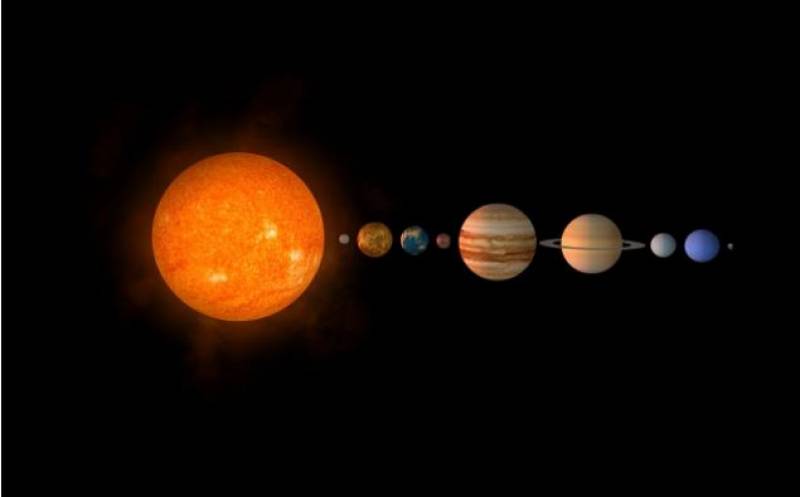Date Published: 16/01/2025
Once-in-a-lifetime planetary alignment to illuminate Spanish skies
This unique celestial show, clearly visible from Spain, won’t be repeated again until 2492
But long before this, stargazers are in for a real treat this January and February as over the next few weeks, two remarkable planetary alignments will take place that will undoubtedly offer breathtaking views of the night sky.
A planetary alignment is a visual phenomenon where several planets appear to be arranged in a straight line from our perspective on Earth. This occurs because the planets orbit the Sun following the ecliptic, the plane of the solar system. Although the planets are not actually aligned in three-dimensional space, their arrangement, as seen from our planet, creates the illusion of a flawlessly arranged row.
The first of these unmissable events will see six planets – Venus, Mars, Jupiter, Saturn, Uranus and Neptune – grouped together in perfect symmetry. Four will be clearly visible from Spain with the naked eye but to catch a glimpse of elusive Uranus or Neptune, you’ll need binoculars or a telescope.
The visual proximity between Venus and Saturn will be at its most prominent between Friday January 17 and Saturday January 18, providing a celestial spectacle of great beauty.
On the other hand, the night of Thursday January 16 will be the best time to observe Mars, since it will be in opposition to the Sun, which means that it will shine more brightly in the night sky.
Looking ahead to next month, Friday February 28 will mark an even more special event: an alignment of the seven visible planets of the Solar System. Saturn, Mercury, Neptune, Venus, Uranus, Jupiter and Mars will align, offering a rare opportunity to observe this phenomenon. In fact, this stunning configuration will not be repeated until the year 2492, making 2025 a particularly significant year for astronomical observation.
How to view the planetary alignments from Spain
To fully enjoy these spectacles, it is essential to choose a suitable place for observation. A space free of light pollution, such as rural areas or astronomical observation points, is ideal. The best time to catch a clear glimpse is just after sunset, when the sky begins to darken enough to reveal the aligned planets.
Venus will be the brightest object in the sky and easy to pick out, even in areas with bright lighting. Saturn will be close to Venus and will appear as a bright point in the sky.
Jupiter, a little further away, will also be easy to identify. Mars will stand out for its brightness, especially on January 16 during its opposition. To see Uranus and Neptune, the use of binoculars or telescopes is recommended, since these planets are not visible to the naked eye.
Image: Freepik
article_detail

|










